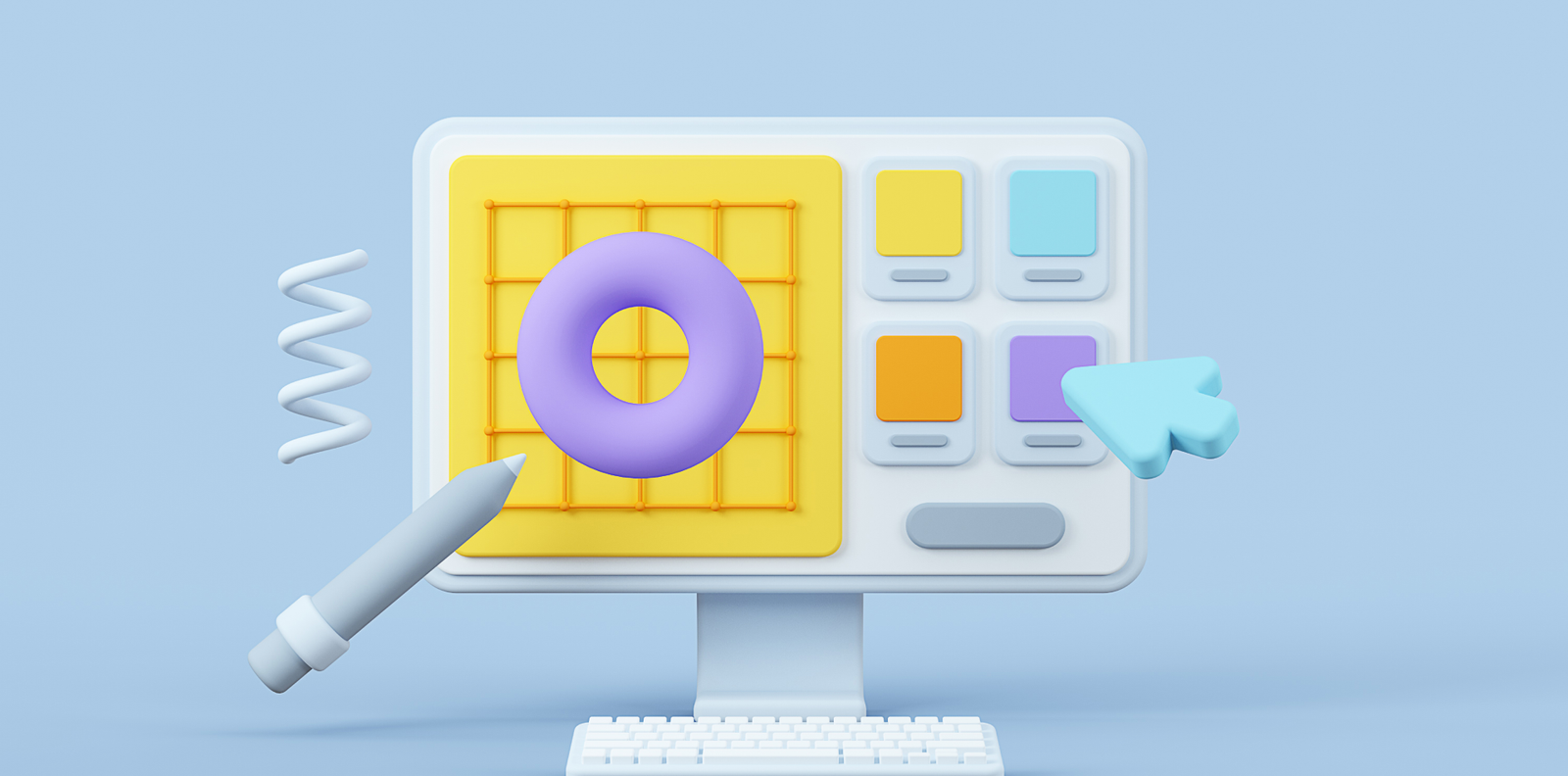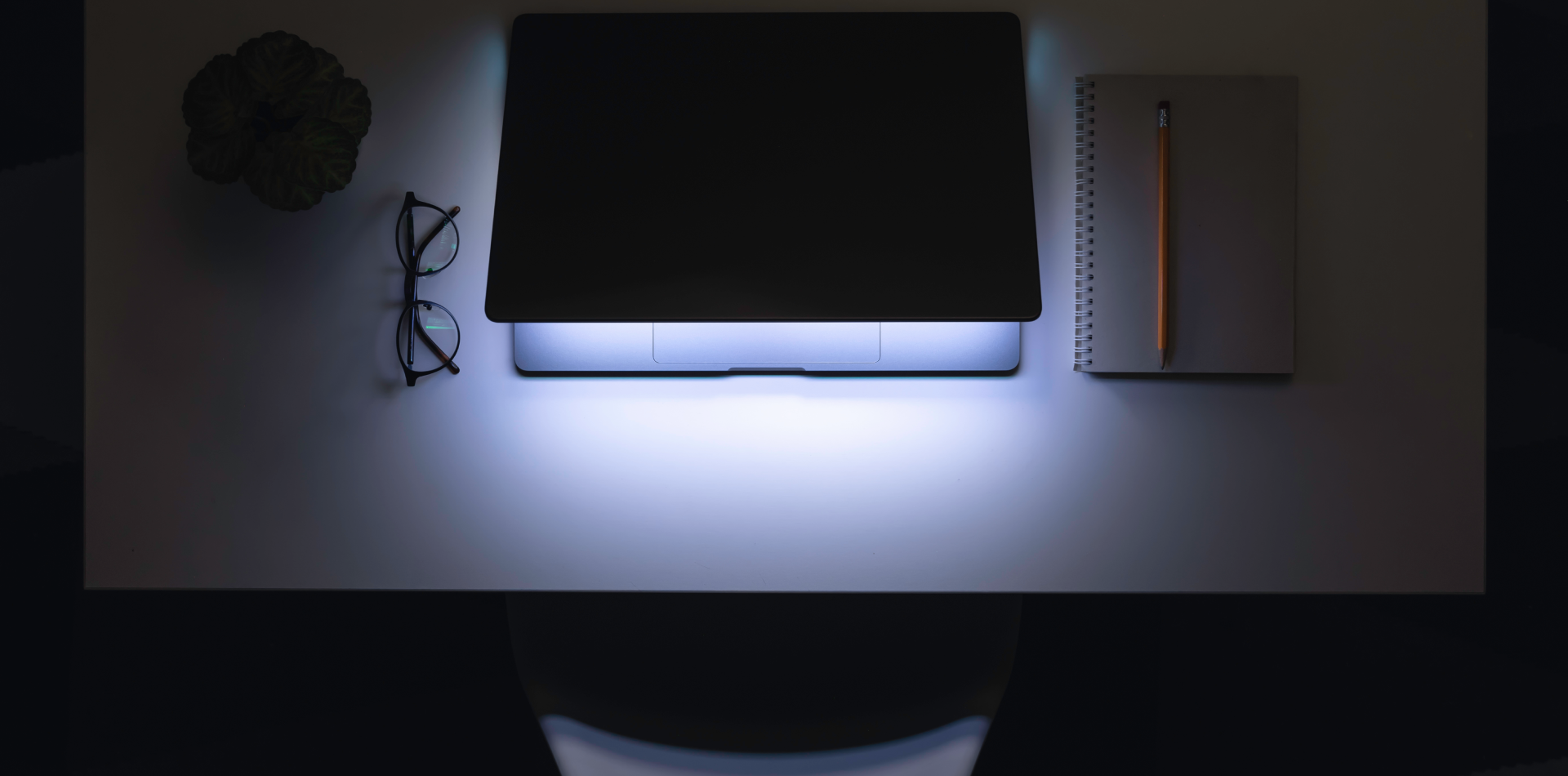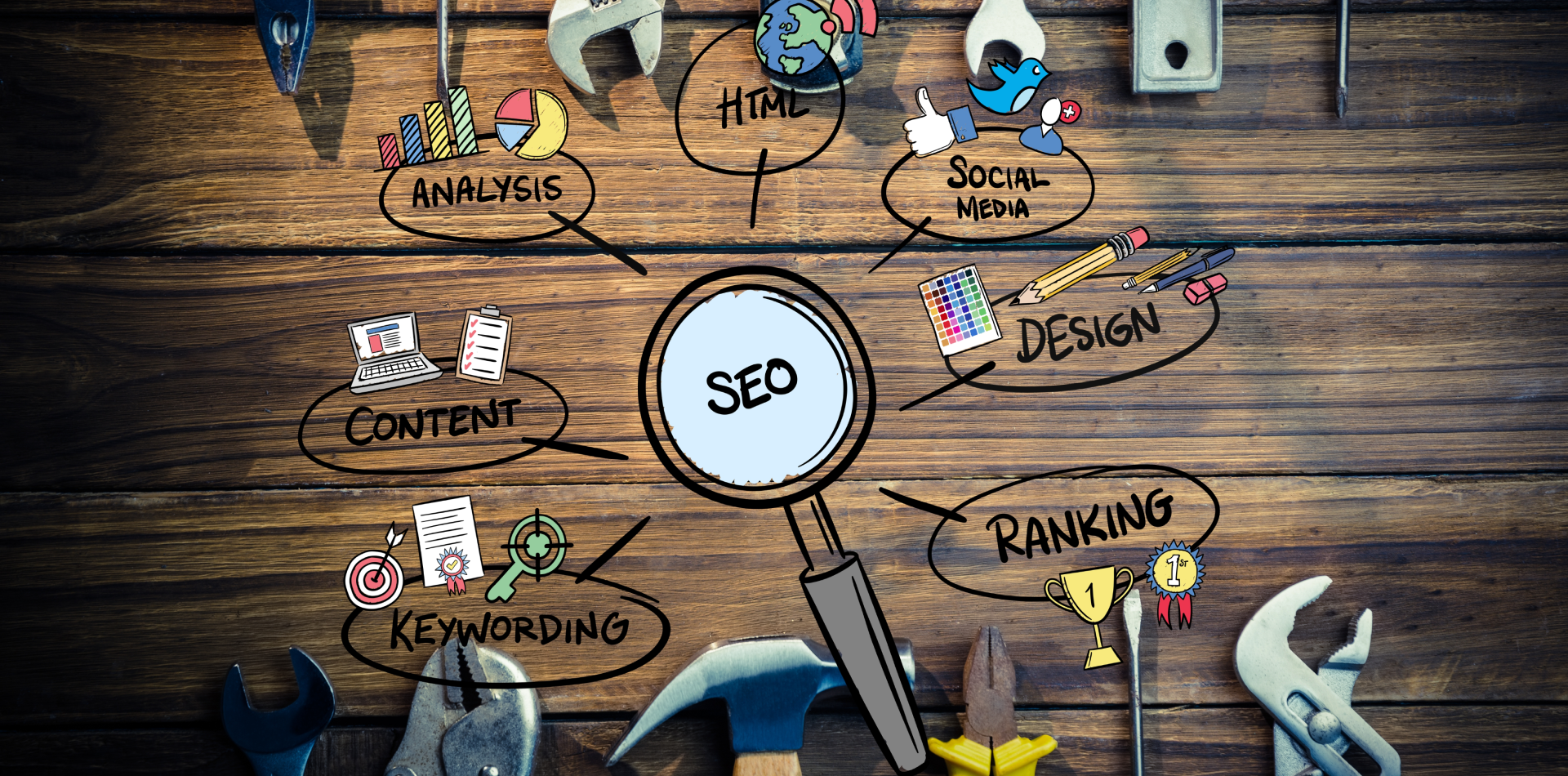When people think of design, they often focus on colors, typography, and visuals—the marks that make up a composition. But great design isn’t just about what you put in; it’s also about what you leave out. Spacing—the strategic use of emptiness—is just as important as the elements themselves.
Think about a beautifully designed website or mobile app. What makes it feel elegant, balanced, and easy to navigate? It’s not just the fonts, icons, or images—it’s the breathing room between them that guides the eye and enhances the user experience.
Let’s explore why spacing is one of the most powerful (and often overlooked) tools in design.

📐 Why Spacing Matters in Design
🛠 Improves Readability & Clarity
A cluttered layout overwhelms users. Proper spacing between text, images, and elements makes content digestible, guiding the reader smoothly.
🎨 Enhances Visual Hierarchy
Spacing tells users where to focus. By adjusting the gaps between elements, designers create contrast, draw attention, and establish relationships between content.
⚡ Boosts User Experience & Interaction
Good spacing prevents frustration. Whether it’s a website, app, or product interface, buttons need enough room, text must be readable, and elements should not feel crammed together.
💡 Creates a Sense of Elegance & Simplicity
Minimalist design thrives on spacing. Luxury brands, high-end websites, and sleek interfaces all rely on ample white space to evoke a premium feel.
📌 The Key Types of Spacing in Design
📏 Micro-Spacing (Small-Scale Adjustments)
This refers to the tiny spaces between letters (kerning), words, and line heights (leading) that affect readability and aesthetics.
✅ Good example: Well-spaced typography that’s easy to read.
❌ Bad example: Text that’s too tight or too loose, making it hard to scan.
🖼 Macro-Spacing (Layout & Composition)
This involves larger gaps between sections, buttons, and interface elements, helping guide users and prevent visual clutter.
✅ Good example: Clear section breaks in a website for easy scanning.
❌ Bad example: A homepage packed with text and images without breathing room.
🎯 Padding & Margins (Element Spacing)
These define the empty space inside and around elements. They ensure that buttons, forms, and text blocks aren’t crammed together.
✅ Good example: A call-to-action button with enough padding to stand out.
❌ Bad example: A button squeezed too close to other elements, making it hard to click.
📖 How to Use Spacing Effectively in UI/UX Design
✨ Prioritize Readability
Use generous line spacing, paragraph breaks, and margins to improve text legibility.
✨ Balance Density & Airiness
Too much space can make a design feel empty; too little makes it feel cluttered. Find the perfect balance based on content hierarchy.
✨ Use White Space as a Design Element
White space isn’t wasted space—it creates focus, adds elegance, and improves scannability.
✨ Test for Responsiveness
Spacing should adapt smoothly across devices to maintain readability and usability on both desktop and mobile.
✨ Follow Grid Systems
A well-structured grid helps maintain consistent spacing across a design, ensuring elements are aligned and visually balanced.
🏆 Final Thoughts: Spacing is Design’s Silent Hero
The best designs don’t just focus on what’s added—they carefully consider what’s left out. Spacing is what gives design clarity, elegance, and ease of use.
Next time you design, ask yourself:
🎯 Is there enough breathing room for clarity and focus?
🎯 Does spacing guide the user’s eye naturally through the design?
🎯 Am I balancing marks with the right amount of space?
If the answer is yes, your design isn’t just beautiful—it’s functional and user-friendly.
💬 How do you use spacing in your designs? Share your thoughts below! 🚀



